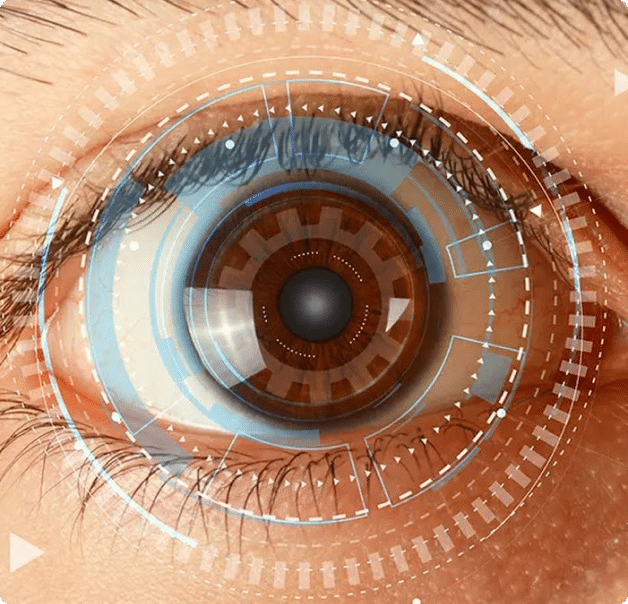Introduction
Medical tourism has made it easier than ever to access affordable, high-quality LASEK eye surgery worldwide. But while the technology may be similar across top destinations, the cultural experience of care can vary significantly.
Understanding these cultural differences in eye surgery helps international patients avoid surprises, communicate effectively, and feel more confident in their surgical journey abroad.
1. Patient-Doctor Communication Styles
💬 Western Countries (e.g., USA, UK, Canada)
- Emphasize shared decision-making
- Patients are encouraged to ask questions and voice concerns
- Surgeons often explain every step of the procedure in detail
🌏 East Asia (e.g., South Korea, Japan, China)
- Medical interactions may be more formal and hierarchical
- Patients often defer to the doctor’s expertise
- Surgeons may expect fewer questions or may not proactively explain unless prompted
Tip: Come prepared with a list of questions if you want a more detailed consultation in countries with formal medical cultures.
2. Informed Consent and Documentation
The process of informed consent (where patients sign documents acknowledging risks and benefits) may differ:
- Europe & North America: Emphasis on extensive documentation and patient education
- Asia & Latin America: Consent may be shorter or less detailed, with more verbal explanations
What You Should Do: Always ask for an English version of the consent form or bring a translator if needed. Make sure you understand the risks, even if the process seems brief.
3. Attitudes Toward Pain Management
Cultural views on pain tolerance and medication vary globally:
- USA/Canada/UK: Proactive pain relief with detailed instructions
- East Asia: Patients may be expected to tolerate more discomfort with fewer medications
- Europe: Varies by country, but generally balanced between caution and comfort
- Latin America: Often generous with aftercare medication, but instructions may be informal
LASEK Consideration: Ask how pain will be managed after surgery, and confirm what medications will be provided. Bring your own lubricating eye drops or pain relievers if advised.
4. Clinical Setting and Technology
You might expect a typical clinical setting, but environments vary:
- South Korea, Turkey, Germany: Ultra-modern facilities with cutting-edge technology
- Thailand, India, Mexico: World-class surgeons often work in both luxury private clinics and smaller outpatient centers
Some clinics may emphasize:
- High-end amenities and hospitality
- Quick turnaround (same-day consultation and surgery)
- Group procedures or assembly-line scheduling (especially in high-volume centers)
Pro tip: Research the clinic’s standard of care — not just the country’s reputation. Look for patient reviews and facility certifications.
5. Privacy and Personal Boundaries
Different cultures approach privacy and physical space in varying ways:
- North America/Europe: Emphasis on personal space, private rooms, and HIPAA-style confidentiality
- Asia/Latin America: Less emphasis on privacy; you may be in a shared waiting area or hear others’ consultations nearby
If privacy is important to you, ask in advance whether:
- Consultations are one-on-one
- You’ll have a private recovery space
- Staff members speak English or your preferred language
6. Hospitality and Patient Experience
In many countries, patient care is more hospitality-driven than clinical:
- Thailand, Turkey, Mexico: Known for excellent medical tourism support — airport pickup, translators, hotel coordination
- South Korea: Offers dedicated foreign patient coordinators in top clinics
- Germany, Switzerland: Precision and punctuality, with less emphasis on hand-holding
Some countries treat international patients like VIPs, while others provide a more no-frills, clinical experience.
7. Post-Surgery Expectations and Follow-Up
How follow-up care is delivered can reflect cultural and economic norms:
- USA/UK: Several structured follow-up appointments
- Turkey, Thailand, Mexico: Follow-up may occur within a compressed 3–5 day period
- South Korea: May use telehealth or virtual platforms for international follow-up
- India: Follow-up may be optional unless the patient initiates it
Advice: Ask about:
- Remote care options
- What kind of follow-up you’ll receive after returning home
- Whether local co-management is needed
8. Language Barriers and Translation Services
Don’t assume fluent English will be spoken everywhere — even in tourist-friendly countries.
- Korea, Turkey, Thailand: Top clinics offer multilingual coordinators
- Eastern Europe: May rely on translation apps or basic English
- Mexico, India: Many staff speak English, but medical terminology may not be clear
Plan ahead:
- Bring written questions
- Use a medical translation app
- Ask if a translator is available on surgery day
Conclusion
When pursuing LASEK surgery abroad, understanding the cultural context of medical care is just as important as knowing the procedure itself. From how doctors communicate to how pain is managed, each country has its own approach to patient care.
By preparing for these cultural differences, asking the right questions, and choosing a reputable clinic, you can ensure a comfortable, safe, and respectful medical tourism experience — wherever you go.




